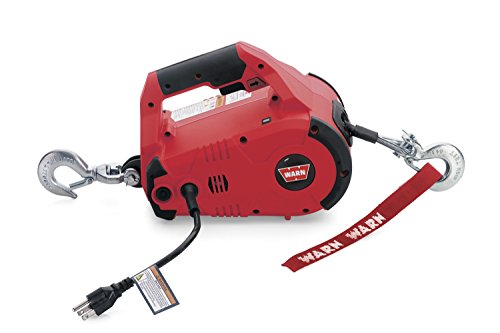- Joined
- Dec 3, 2009
- Messages
- 22,446
- Reaction score
- 265
- Location
- Van Nuys Ca.
- My Bike Models
- 1983 Interstate
2018 KLR 650
2018 BMW S1000 RR
- My Bike Logs forum link
- https://classicgoldwings.com/forums/dan-filipi.122/
mcgovern61":1xuqhcsu said:Here is an article on the wind effect:
https://www.calsci.com/motorcycleinfo/Fairing.html
And here is a tutorial on adding a GL1500 vent to a GL1100:
https://www.goldwingfacts.com/forums/vie ... p_to=20653
And here is a place you can purchase one:
https://wingstuff.com/pgroup_detail/347_ ... r_or_Smoke
Good stuff Gerry.
Nearly all of our windshields have vents. These vents are part of the aerodynamic design of the shield, to reduce turbulence and noise. They are not there to make a flow of air on the rider. When you're riding on the highway, any windshield is pushing air away from the rider. This leaves a low- pressure pocket between the windshield and the rider. The air flowing past the motorcycle wants to drop into this low pressure area. If the outside air is allowed to spill into the area between the windshield and the rider, the result is turbulence, noise, and drafts. When outside air spills into the rider area, it almost always falls in a curved path, causing spinning vortices of air. These vortices are noisy and can cause the battering and hammering on your helmet reported by some riders. (That's Me!) Our windshields and vents are designed to funnel air into the rider region to relieve this low pressure area and greatly reduce the tendency of outside air to spill in. The vents are designed so that the air coming through them is quickly dispersed, leaving almost no detectable air flow at the rider. Our goal is to produce almost completely still air on the rider with no back pressure.




















































